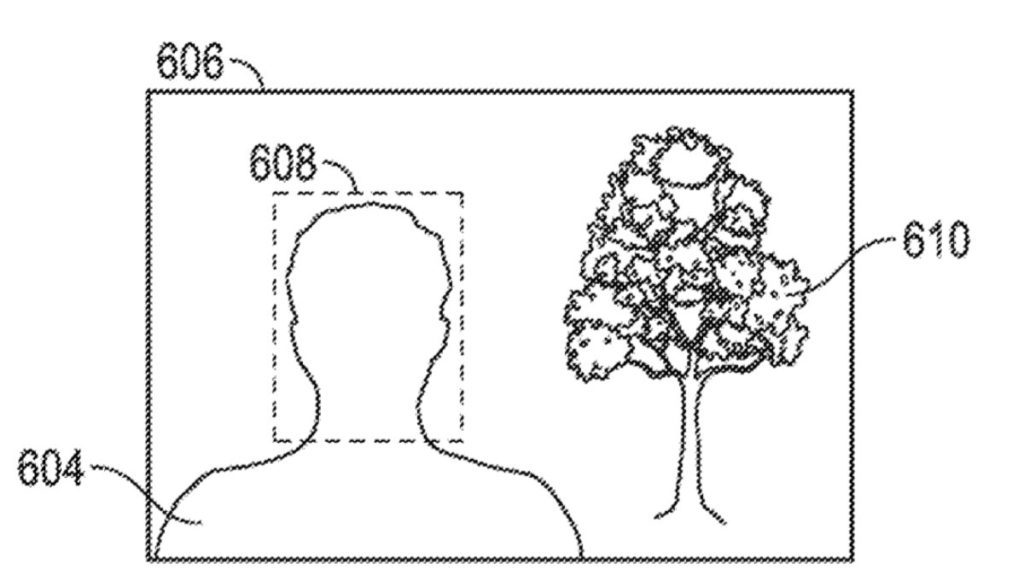I doubt we’ll see it this year, but Apple is still working on bringing FaceID to the Mac as hinted at by patent filing number 20210103333) for “user detection by a computing device.” It’s one of several such patent filings by the tech giant in recent years.
Face ID is a facial recognition system designed and developed by Apple for the iPhone and iPad Pro. It’s a successor to Touch ID.
In the latest, Apple notes that user interaction with devices such as computers and other electronic computing devices has increased significantly in recent years. These devices can be devices such as computers, tablets, televisions, multimedia devices, and more.
Obviously, interaction with such devices can be performed using various input devices, such as touch screen displays, touch-sensitive surfaces, remote controls, mice and other input devices. However, Apple says there are instances where user interaction with the computing devices would be enhanced if the user didn’t have to physically provide input to the computing devices, but rather if the computing devices were to take certain actions autonomously based on user detection.
Apple says that this latter consideration is particularly important where input devices are battery-operated. The answer? FaceID on Mac laptops (and desktops).
Here’s the summary of the new patent filing: “In some embodiments, an electronic device optionally identifies a person’s face, and optionally performs an action in accordance with the identification. In some embodiments, an electronic device optionally determines a gaze location in a user interface, and optionally performs an action in accordance with the determination.
“In some embodiments, an electronic device optionally designates a user as being present at a sound-playback device in accordance with a determination that sound-detection criteria and verification criteria have been satisfied. In some embodiments, an electronic device optionally determines whether a person is further or closer than a threshold distance from a display device, and optionally provides a first or second user interface for display on the display device in accordance with the determination. In some embodiments, an electronic device optionally modifies the playing of media content in accordance with a determination that one or more presence criteria are not satisfied.”
Article provided with permission from AppleWorld.Today

